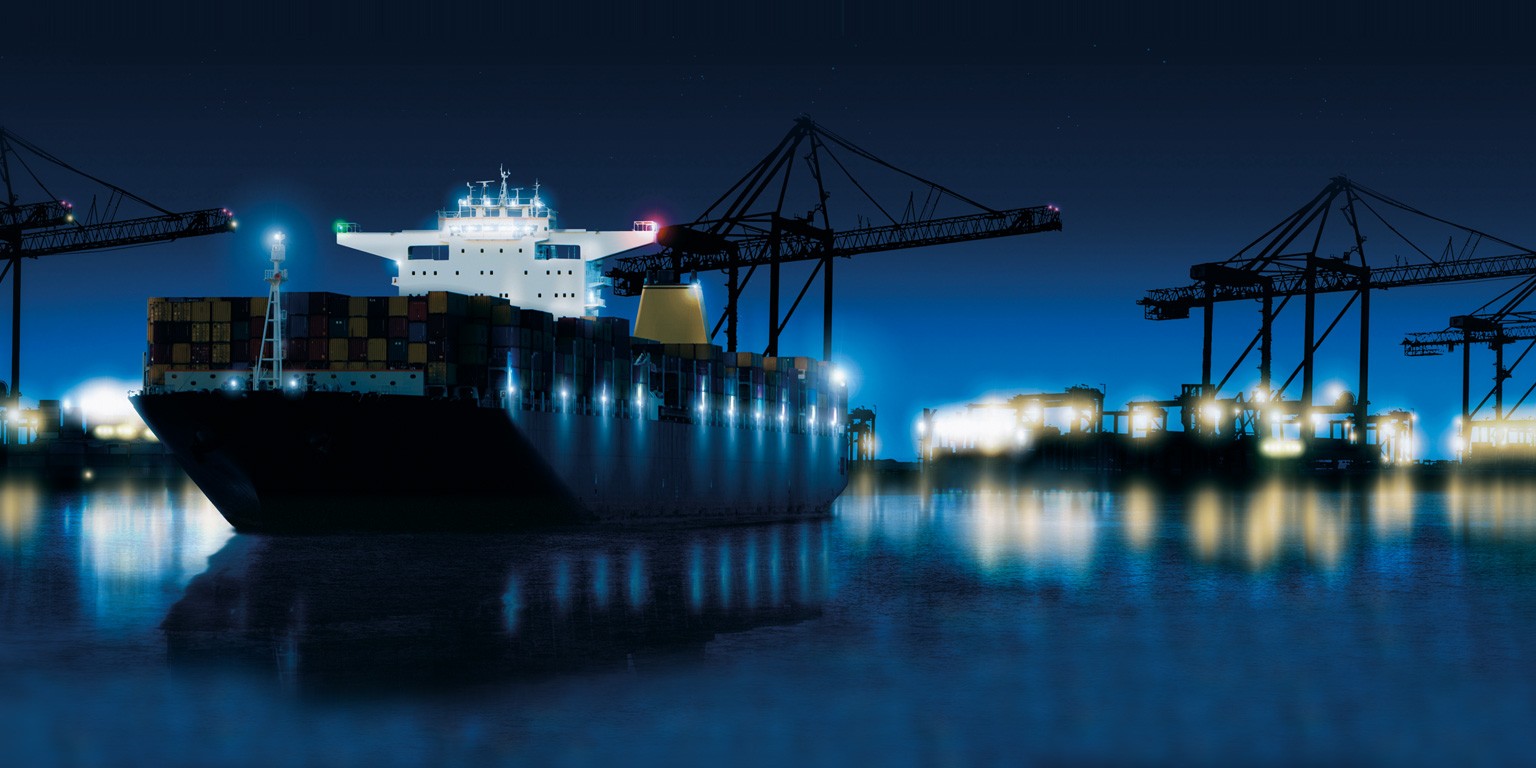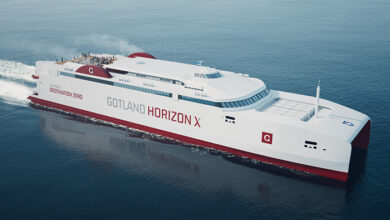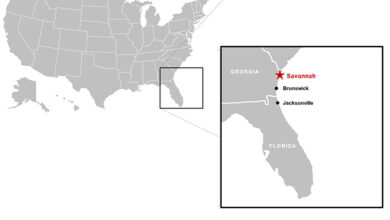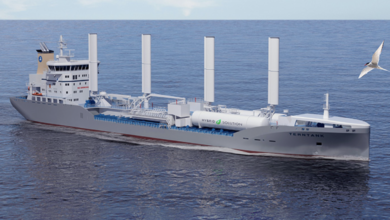King Abdullah Port turns the tide to resolve global supply chain crisis
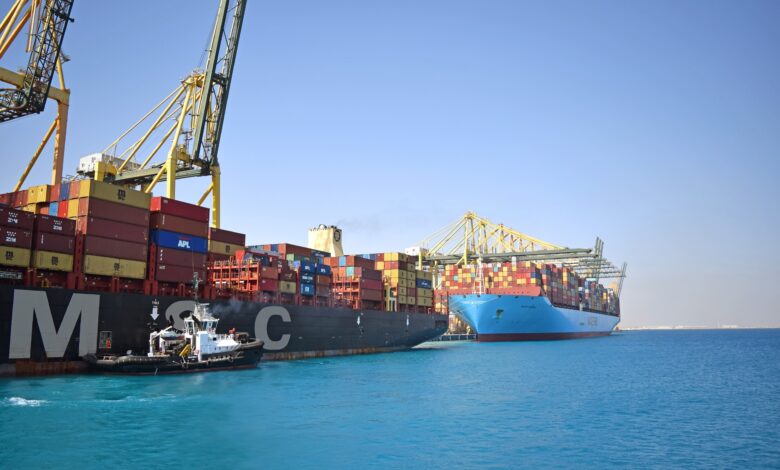
Saudi ports record an increase in cargo handling by 27 million tons
- Our exceptional crane density helped us remain one of the most efficient ports: CEO
- King Abdullah Port is only 15 minutes from the anchorage, allowing easy access to the berths. This, together with our exceptional crane density, helped us remain one of the most efficient ports with remarkable growth in volumes
JEDDAH : As global supply chain companies are finding ways to tackle the worst maritime congestions, the world’s most efficient port is emerging as a safe harbor to unclog the worldwide logistics pressures.
King Abdullah Port recently reached a milestone of handling 15 million twenty-foot-equivalent in a record time of under nine years since its container terminal operations began. The milestone follows a 31 percent rise in container throughput in 2021.
“We attribute these to our state-of-the-art infrastructure and facilities built to global standards, as well as our highly efficient public-private partnership business model,” said Jay New, CEO of KAP, in an exclusive interview with Arab News.
Established in 2010, KAP is the first privately owned and operated port in the Middle East and is the flagship project of Ports Development Co.

PDC is a joint venture between Emaar Economic City and Huta Marine Works Ltd. — two of the largest infrastructure developers in the Middle East.
“PDC’s decision to introduce this concept did not come easy as it was challenging to convince stakeholders, many of whom were unfamiliar with this business model. The process of simultaneously developing and operating was equally demanding,” said New.
KAP topped the most efficient container ports among 443 ports in the world on the 2021’s Container Port Performance Index, according to a report published by The World Bank and S&P Global Market Intelligence.
“King Abdullah Port is only 15 minutes from the anchorage, allowing easy and fast access to the berths. This, together with our exceptional crane density, helped us remain one of the fastest-growing and most efficient ports with remarkable growth in volumes,” said the CEO.
Surviving the pandemic
The port achieved the feat despite the COVID-19 pandemic taking its toll on maritime traffic in 2021, including global supply chain disruptions, high freight rates, and inconsistent trade patterns.
“We at King Abdullah Port take great pride in the work we have done to revitalize the logistics sector and maritime trade throughout the global supply chain disruptions of the pandemic and post-pandemic periods,” said New.
The CEO attributed the success of these efforts to the enhanced operational readiness of the port’s stations and terminals, which were equipped during the pandemic to receive a wide variety of food, medication, and medical equipment.
We at King Abdullah Port take great pride in the work we have done to revitalize the logistics sector and maritime trade throughout the global supply chain disruptions of the pandemic and post-pandemic periods.
Jay New, CEO of King Abdullah Port
In 2020, the port achieved an import growth rate of 16 percent, where pharmaceutical and medical supply imports increased by a whopping 72 percent.
“During this period, we devised and implemented innovative ways to keep working around the clock without disruption,” he added.
Partnership with Maersk
In June 2021, KAP partnered with Maersk, a global logistics and supply chain services provider, to launch the Maersk Integrated Logistics Hub inside the port.
The move aims to cover a critical logistical requirement of exporters who already have access to Maersk’s solutions, such as landside cargo movement, customs clearance, and ocean logistics, thus ensuring a truly integrated logistics offering.
The hub serves as a focal supply chain solution for the Kingdom’s petrochemical exporters, facilitating the storage of export cargo and enabling pallet handling, stuffing, and shuttling.
“The establishment of the hub is part of a major initiative aimed at increasing the performance efficiencies and competitiveness of Saudi Arabia’s logistics sector,” said the CEO.
Technological prowess
New believes that automation and digitization are increasingly critical for a thriving port industry.
“We believe the new investments must focus on harnessing new technologies’ potential to improve service offerings and efficiency. We have continued to develop our procedural and operational efficiencies through digital transformation,” New added.
The port’s personal communications service developed by IBM boasts a unified single window gateway, document conversion services, real-time visibility, alert notification, and advanced analytics, providing users with ready access to a range of important information on vessels and cargo.
Its Smart Gate System was integrated with the PCS to create a more efficient interface between gate operations and government authorities such as the Zakat, Tax and Customs Authority, and the Border Guard.
“This extensive automation has vastly improved operational efficiencies and turnaround times,” he said.
Global supply chain designs
The Kingdom’s overall ports handle today around 20 percent of the region’s transshipment market, but authorities aim to raise this to 50 percent by 2030.
With four new Special Economic Zones being set up in the Kingdom, the national ports benefit from the resulting surge in foreign direct investment, business activity and trade flows in logistics, manufacturing, financial services, technology, etc.
New believes that KAP is competitively positioned in the industry due to several factors, such as its location on the Red Sea on the main East-West trade route, which accounts for 13 percent of all global trade.
The port forms a part of the King Abdullah Economic City, which gives the port another strategic advantage.
“Our proximity to the Industrial Valley, part of KAEC allows companies to have a base near the port and gives them direct access to extensive external transportation facilities, including an ultramodern highway network and the new Haramain High-Speed Railway,” he said.
The city recently welcomed Lucid’s first electric vehicle plant outside the US, which will produce up to 150,000 electric vehicles annually.
KAP also offers access to the forthcoming Saudi Landbridge Project, which will directly connect Riyadh, Dammam, and the rest of the Gulf Cooperation Council countries.
The project will link the western and eastern parts of the Kingdom and could see costs spiral to around SR100 billion ($26 billion) once all factors are accounted for.
The contracts will be signed within a year, and the project implementation will take five to seven years, said the Minister of Transport and Logistics Saleh Al-Jasser.
KAP launched a new international in-transit cargo service last May, supported by inland transportation between Saudi Arabia and the GCC countries, reducing the lead time from 13-16 days by sea to four to six days by land.
The move features a three-hour streamlined process from the arrival of cargo at the port to its dispatch to the final destination, which will also reduce storage costs, according to a statement issued by KAP.
“With state-of-the-art processing facilities, one of the world’s deepest water berths, and a fully-integrated personal communications service, KAP is well on its way to meeting its goal of becoming one of the top ports worldwide,” said New.

On the other hand, during the month of June 2022, Saudi ports achieved a significant increase in the volume of cargo handled by 16.1% to reach 27.1 million tons, compared to 23.4 million tons in June of 2021.
The development plans launched by the General Authority of Ports ( MAWANY ) to raise the efficiency of operational performance and develop the capabilities of Saudi ports contributed to an increase in the volume of general cargo by 55.7% to reach 790.5 thousand tons. Liquid bulk cargo also recorded an increase of 31.8% to reach 15.5 million tons. Solid cargo during the month showed a decrease of 6.9% to reach 3.9 million tons.
The number of containers recorded an increase of 5.5% to reach 642.3 thousand containers, compared to 608.8 thousand containers in June 2021 AD, and transshipment containers achieved an increase of 4.2% to reach 244.6 thousand containers compared to 234.7 thousand containers in the same period of the previous year. last year.
The number of ships recorded an increase of 13.6 percent to reach 1126 ships, and the total number of vehicles reached 74,000 vehicles, an increase of 25.8%, while the total tons of foodstuffs reached 1.6 million tons.
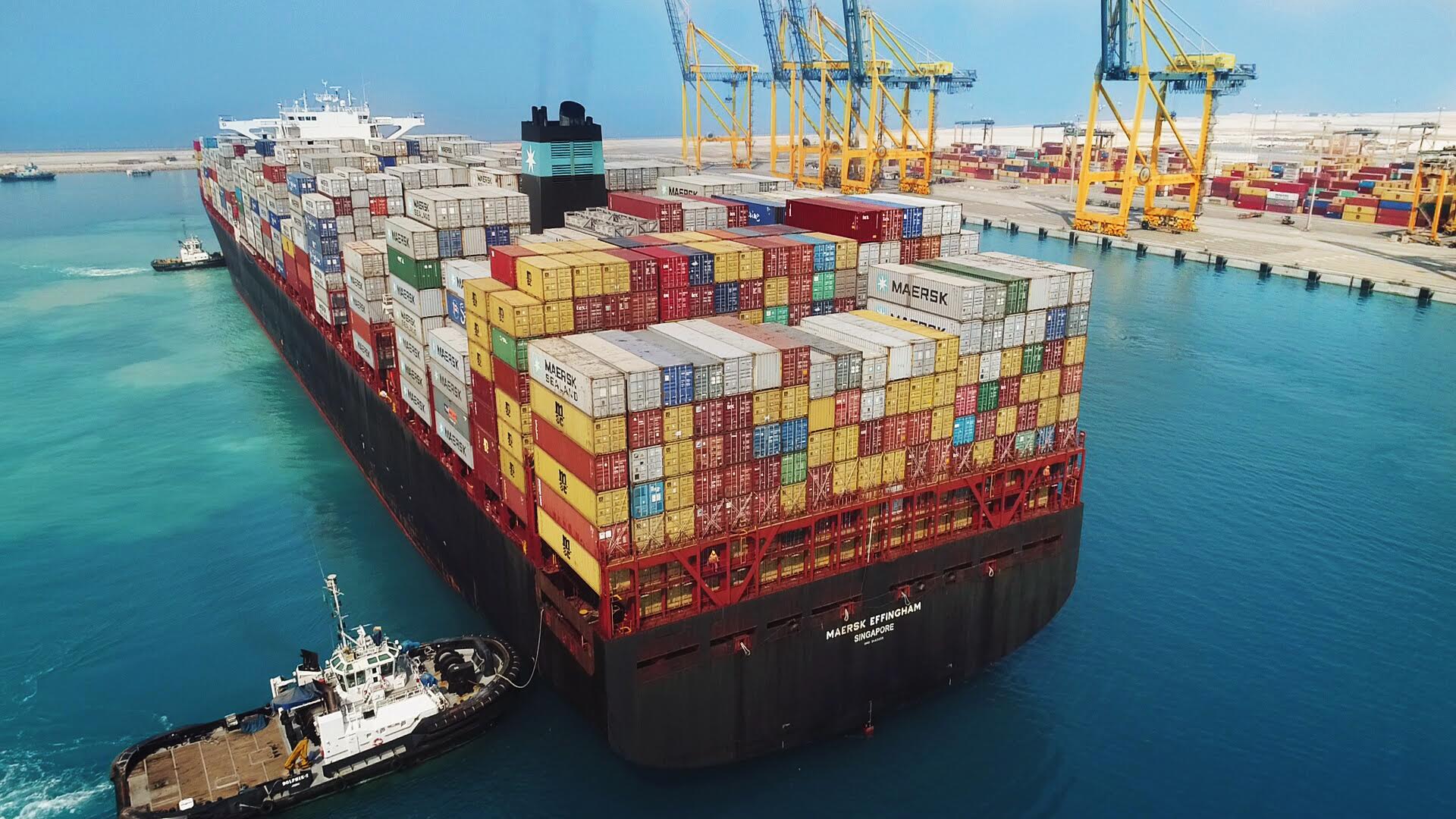
In the same context, during the month of June 2022, Saudi ports received 79,000 passengers, a remarkable increase of 79.28%, and unloaded 990,000 heads of livestock, an increase of 265.5%, coinciding with the Hajj season and meeting its requirements with high readiness.



